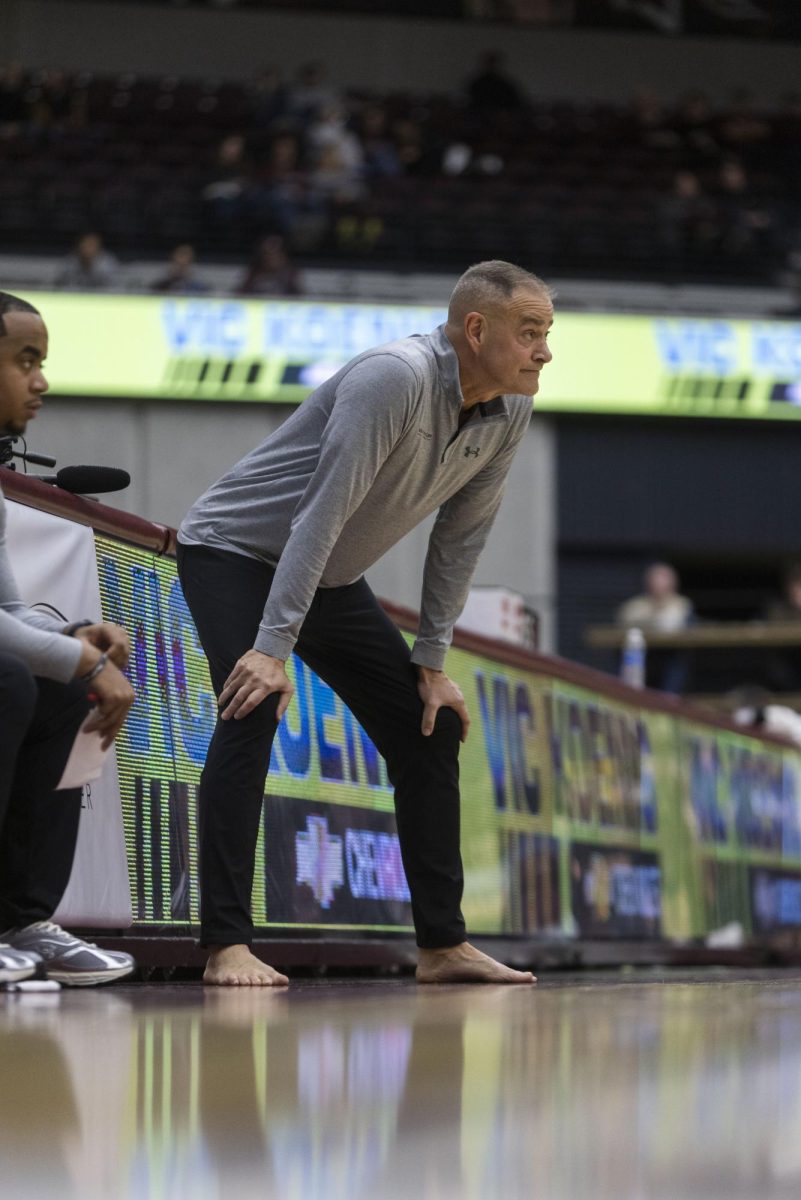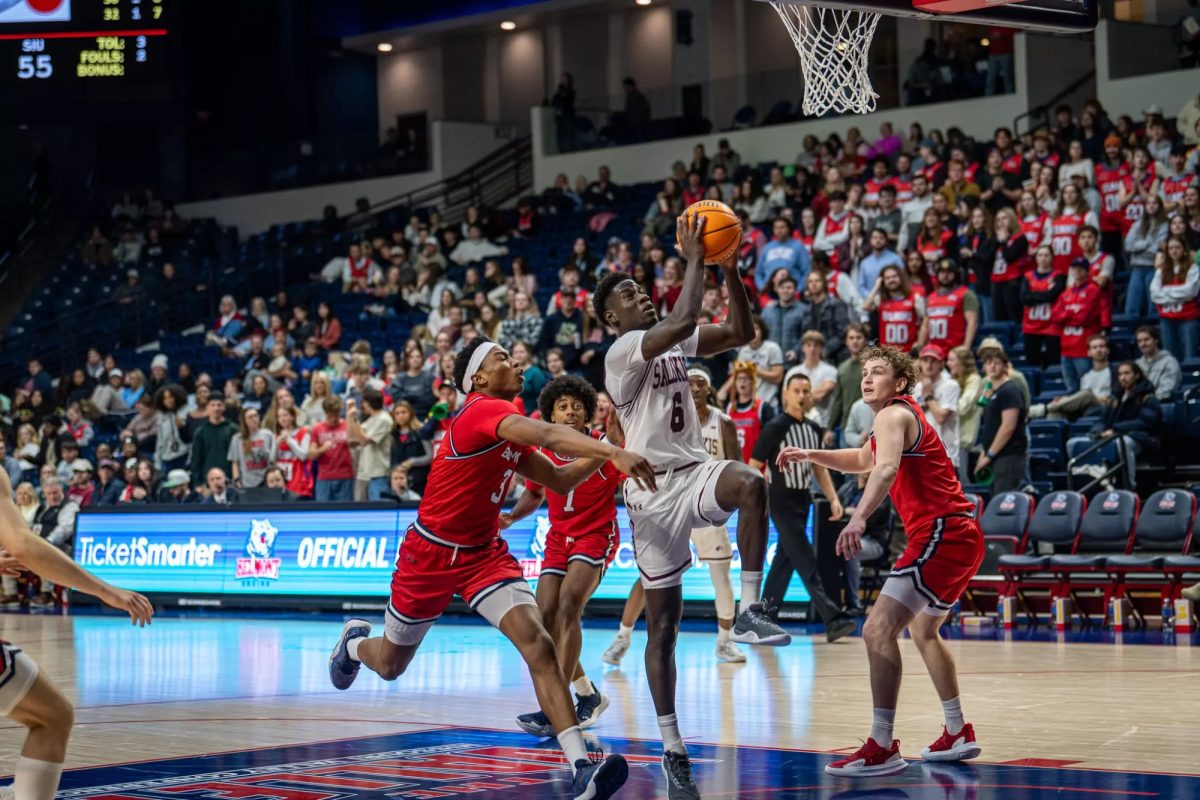ASA reduces graduate assistantship funding, leaves staff positions vacant
November 2, 2015
The College of Applied Sciences and Arts is trimming its budget with cuts that have reduced available tenured professors and graduate assistantships.
The college experienced a budget cut of more than $265,000 — nearly 2.4 percent of its overall budget.
Coming from a combination of of sources, the cuts are made up of unfilled staff positions, a reduction of graduate assistantship funds and a reduction of travel.
Advertisement
Unlike most colleges at SIU, Dean Andy Wang said the college only receives 1 percent of graduate assistantship funds issued by the university, while the rest is generated.
In fiscal year 2014, Wang said the college spent more than $250,000 on graduate assistantships. Wang said this year’s number is not final, but estimates $200,000 will be spent on assistantships.
Plans are to reduce administrative assistantships rather than academic assistantships, Wang said. If an assistantship entails research or teaching, the college will work to retain those positions.
According to Wang, his college is the only one on campus spending its own funds to support graduate assistants.
“At this time, without a budget, we are basically in a surviving mode,” Wang said. “We are trying to … spend less so we can have enough cash flow to keep the university open and running.”
The college was given 11 staff positions for this year, but Wang said, was only able to fill six. The other five included three tenured-track faculty and two non-tenured track.
Non-tenured track faculty are being used to handle courses attached to vacant tenured track positions, but Wang said this is not a long-term solution.
Advertisement*
“I would say this is really a short-sided solution,” he said. “You save money in the short-term, but in the long-term, you may hurt your reputation. You may hurt your quality.”
Joshua Gavel, a sophomore from Champaign studying fashion design and fashion merchandising, said the availability of tenured-track faculty more actively contributes to student education through research.
“With tenured-track professors, there is a research element,” Gavel said. “The other day in fashion forecasting class one of things we talked about with our professor was working a new system for presenting trends and presenting it to a journal and a panel in a couple weeks. You lose that aspect to learn about those little things … when you have the nontentured professors in a tenured position.”
Wang believes there are two parts to managing budget cuts: reduce spending costs and increase revenue.
“We need to think about how we can grow so we can generate a cash flow,” Wang said.
Wang’s goal is in part showing itself in the college; unlike the university’s overall decrease in enrollment, ASA reports a 3 percent enrollment increase this year. Wang attributed the increase to the college’s high retention rate and the university’s status as a research institution.
Alex Golman, a junior from Oak Park studying architecture, said he chose the university because its small class sizes allow him to develop one-on-one experiences with professors.
“From the School of Architecture standpoint, I know that most of the professors here are … more experienced architects and professors,” Golman said. “At least from my experience with professors I’ve had, all of them have at some point worked in the field for a significant portion of their lives.”
In spite of the cuts, Wang believes it is his mission to help the college through the crisis with as little effect to academics as possible.
Cory Ray can be reached at [email protected] or on Twitter @coryray_DE
Advertisement








